Date: 28 October 2015
But this could soon change. Thanks to more efficient solar cells and new dimensions, shapes and transparency levels, modules are becoming cheaper and more versatile. This might make them a standard feature in new buildings.
Good news for the suppliers of solar modules that are suited for integration: more and more companies are managing to convince architects of the benefits of their products, said Judit Kimpian of the renowned Royal Institute of British Architects at this year’s conference of the European Photovoltaic Technology Platform (EUPVTP) addressing the BIP theme in London. She added that this development was particularly positive because buildings equipped with solar technology emitted less detrimental carbon dioxide and could therefore actively contribute to climate protection. 
Photo 1
Showcase project: The main façade of “E+ Kita Marburg” consists of special solar modules in black laminated safety glass which perfectly blends in with the overall architectural look and feel. Photo: ertex solartechnik
However, BIPV (Building-Integrated Photovoltaics) is still a niche application of negligible importance measured by total PV installations worldwide. “It is a side line of the PV industry,” explains Gaëtan Masson, Vice President of EUPVTP. Of the just under 40 Gigawatt solar power output newly installed in 2014 worldwide, only about one Gigawatt was accounted for by BIPV – this means the market share of BIPV is as low as 2.5%. One obstacle to market success are the relatively high costs: building laws and technical requirements vary widely from country to country and among regions. This is why modules are customised in relatively small lots locally for local architects, Masson explained. And this used to make the production of higher quantities and economies of scale difficult. 
Photo 2
Efficiency miracle: Mono-crystalline silicon solar cells are not only highly efficient but also very flexible in terms or colour. Photo: ertex solartechnik
The BIPV industry would have to focus more on competitive market segments, he felt, in order to profit from economies of scale like conventional PV. “Then companies could start production of pre-fabricated BIPV elements.” The EUPVTP also feels that the political framework has to improve in order to help this industry take off. At present, however, countries are rather “back-pedalling” when it comes to state aid for solar installations. In France, for example, one of the few countries with special subsidies for BIPV, the additional support for in-roof systems is scheduled to end in late 2015.
BIPV would help countries to achieve the set climate protection targets more safely; after all, EU member states have undertaken to bring down greenhouse gas emissions by a minimum of 20% against 1990 levels by 2020, to increase energy efficiency by 20% and to achieve a 20% share of renewable energies in total energy consumption. In this context buildings play a pivotal role: new buildings should require next to no energy for heating, hot water, air handling and conditioning from 2020 and cover the remaining energy needs themselves. BIPV would be the solution: wherever modules cannot be installed on the roof they could be integrated into the building skin. 
Photo 3
Dual benefit: In railway stations BIPV panels are seen ever more often. They serve as sun screens while supplying clocks and display panels with power at the same time. Photo: ertex solartechnik
Even though the circumstances for BIPV are difficult – on-going innovations raise hopes for an imminent breakthrough of this technology. Modules are becoming more efficient and available in ever more designs. Architects appreciate this newly gained scope for design. “We feel that business is picking up,” says Bernd Sprecher, General Manager of Manz CIGS Technology. This company develops production lines for thin-film modules based on copper, indium, gallium and selenium. Manz manufactures BIPV modules in various, freely selectable dimensions and shapes in the Southern German town of Schwäbisch Hall. Here a sheer, photo-active CIGS layer is vapour-deposited on float glass – a process that by Sprecher’s accounts permits variable module sizes and custom shapes.
The pluses of thin-film technology include not just diversity but also improved efficiency. So far these panels were in low demand because they only converted light into electricity with an efficiency rate of 10%. This has now changed thanks to optimised manufacturing processes. Manz’ CIGS modules achieve nearly 15% efficiency and in the long run as much as 20% is possible, Sprecher explains. “Such values have already been achieved in the lab.” This means that thin-film technology achieves efficiency levels so far restricted to classic silicon modules.
For the time being, however, the classic option is still unrivalled in terms of efficiency rates – top modules from mono-crystalline silicon already achieve over 20%. This high degree of efficiency is also a key reason why BIPV specialist ertex solartechnik, a subsidiary of glass producer ertl glas from the Austrian town of Amstetten, predominantly uses silicon cells for its modules. In order to meet the architects’ high demands, ertex solartechnik has joined forces with specialists from the architecture, glass and PV industries to develop modules that are novel in terms of their looks. “Now architects and façade planners have a photovoltaic module at their disposal that fulfils the highest demands in terms of appealing looks and design freedom – like conventional façade elements – but forms a symbiosis with solar power generation,” explains Dieter Moor, Marketing and Sales Manager at ertex solartechnik. 
Photo 4
Thin, lightweight and bendable: Solar films from organic semi-conductors are easy to manufacture and suited for nearly any application thanks to their product properties. Photo: Tim Deussen, Berlin
According to Moor, the different options result from the possibility of patterning and colouring each layer of the module – from the front glass surface to the back sheet. In this way laminated safety front glass can be designed with various patterns and degrees of transparency, printed glass backs, coloured front glass and encapsulation films, patterned glass fronts, coloured and semi-transparent solar cells as well as coloured solder connectors. “This ensures solar cell structure is next to invisible,” Moor explains.
Architects used a child day-care centre complying with PlusEnergy house standards in the Hessian town of Marburg to demonstrate what is already feasible using state-of-the-art BIPV panels. In order to “envelop” the complex building with fitting modules, they took to triangular elements with high-performance mono-crystalline silicon cells made by ertex. The Austrian-made modules are also characterised by their uni-coloured appearance. To produce this effect the otherwise silver-coloured busbars and highly reflective solder connectors between the individual cells were printed black. As a result, the surface is uniformly black and the elements do not look like highly efficient power generators.
Thanks to new semi-conductors architects can look forward to even more freedom to design with solar technology. Dresden-based company Heliatek and Belgian flat glass producer AGC Glass Europe are working on BIPV elements that incorporate organic photovoltaic films of different dimensions, colour graduations and levels of transparency in construction glass. Heliatek spokeswoman Kathleen Walter says that these films make elements easier to handle and also suitable for use in irregularly shaped façades. Furthermore, solar films in organic material promise to keep production costs low since there are sufficient amounts of tiny photoactive molecules (oligomers) available and can be precipitated onto the film using an efficient role-to-role process. This is far less labour-intensive than the production of crystalline silicon cells whose “blanks” – the wafers – must first be diced out of a solid block before being processed further into cells. 
Photo 5
Major project: Transparent films can also be laminated between window panes. The result is tinted glass panes that provide shade and generate green electricity at the same time. Photo: AGC Glass Europe, Louvain-la-Neuve
These solar “light-weights” obviously go down very well in the construction industry. “We are virtually flooded with enquiries for pilot projects. This technology definitely promises to trigger a boom,” remarks Walter. But Heliatek has not solved all critical points in the process yet. Films from the pilot production currently achieve an efficiency rate of seven to eight percent. In the glass sector Heliatek has already realised a number of pilot installations and been capturing data since. A façade installation in Dresden achieved an additional yield of 23% over conventional silicon after just one year. In the joint-venture development with AGC the next step is product certification. Currently, all BIPV elements are undergoing final tests.
Now Heliatek is looking for investors for a large-scale production site with an output of one million square metres of solar film annually instead of the 50,000 square metres so far. There Heliatek also intends to manufacture wider webs of one metre or 1.20m. Today, the pilot line only produces webs that are 30 centimetres wide. “This would substantially reduce installation expenses,” adds Walter, and the efficiency rate is also expected to go up. In lab tests Heliatek’s oligomer cells already achieved 12% efficiency. The company now wants to transfer this value to largescale production.
Solar researchers have other cards up their sleeve for BIPV: cells in perovskite. This mineral is just easy to process and just as economical as oligomers but comes with greater efficiency potential. American scientists proved almost 20% efficiency in lab tests and they produced a perovskite layer as thin as one millimetre by vapour-depositing organic molecules and lead crystals on glass. The cell produced as much electrical energy as the silicon-based cell that is 150-times thicker. If the industry succeeded in manufacturing perovskite cells for BIPV, the technical and commercial obstacles would be overcome.
This is why the EU is promoting the further development of this technology with an investment of some Euro 3 million as part its “Horizont 2020” programme. The concrete objective of Got Solar (as the research project was dubbed), which involves cell developer Dyesol as well as six European research institutes, is the development of a cell-sealing technology fit for industrial production. After all, perovskite suffers from the same restrictions as Heliatek’s oligomers: it is extremely sensitive and must be protected especially well against outside influences. Dyesol spokeswoman Eva Reuter explains: “It’s all about increasing their stability.” The company wants to start mass-producing perovskite cells in 2018. To this end a new factory with 600 megawatt annual capacity is planned in Turkey.
At glasstec 2016, the world’s biggest and most international trade fair in the glass sector, companies coming to Düsseldorf from 20 to 23 September 2016 will be given the opportunity to exchange ideas about innovations and pave the way for new collaborations. Experts from the solar and glass industries will get together to network about progress made in solar glass and module manufacturing as well as in materials and costs. The Special Show “glass technology live” targets this interface between solar technology and glass. Here the latest developments in façade and energy will be presented, including innovations in PV and solar thermal systems. Interesting insights are also guaranteed by the international “architectural congress”. Speakers from renowned architects’ offices will present their visions with glass here and BIPV is also expected to play a crucial role in these visions.
Press Contact glasstec 2016
Daniel Krauß
Brigitte Küppers
Tel.: +49(0)211/4560-598 oder -929
Fax: +49(0)211/4560-87 598
E-mail: KraußD@messe-duesseldorf.de oder
KueppersB@messe-duesseldorf.de

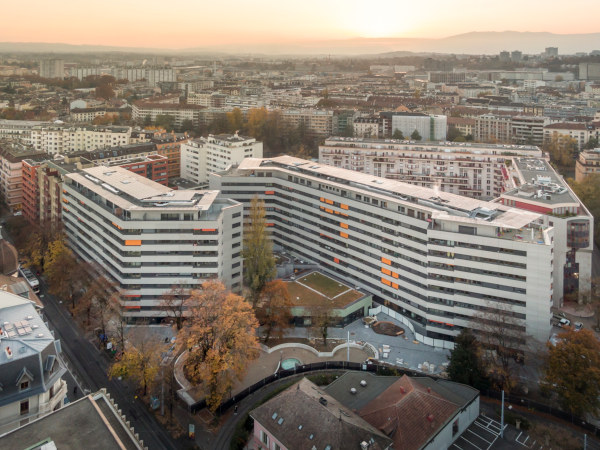
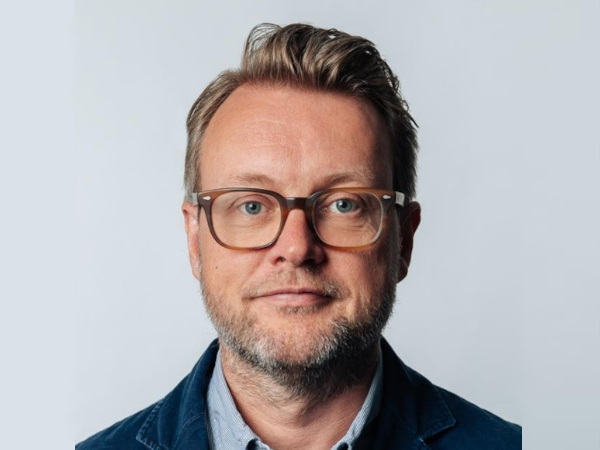
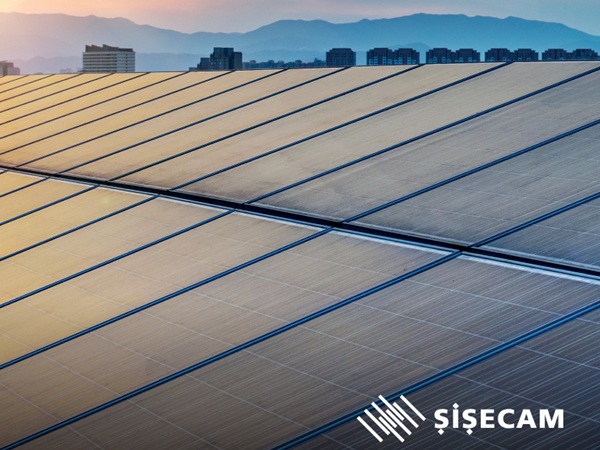
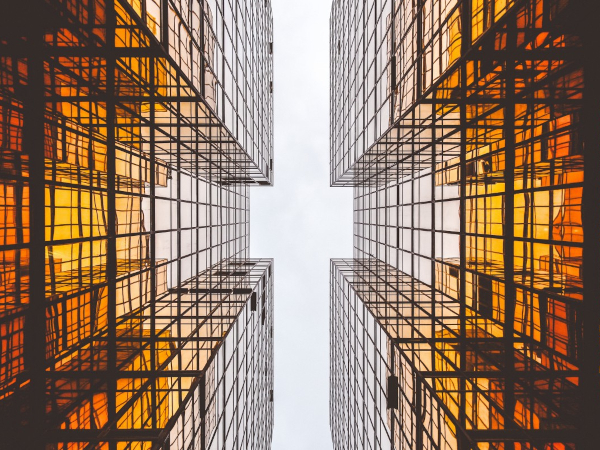










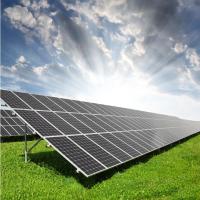


Add new comment